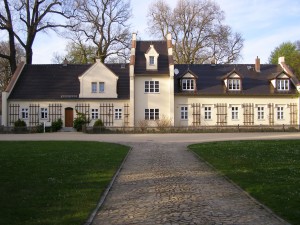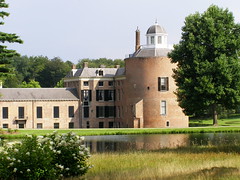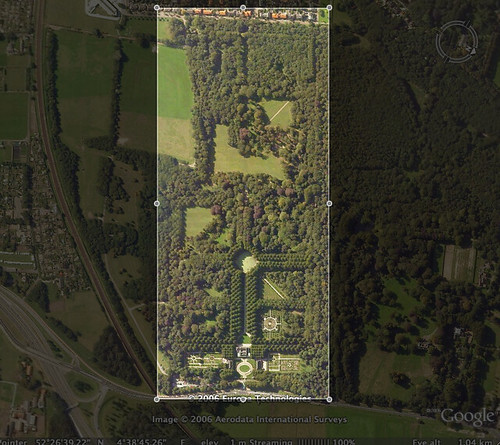Always dreamt of living on an estate, surrounded by masses of designed landscape you won’t need to maintain yourself? Now’s your chance:Fürst Pückler’s Muskauer Park (Park Muzakowski) offers housing opportunities for people who don’t care about living in small houses, as long as the surrounding area offers plenty of agreable space. The park is situated in Bad Muskau, north of Görlitz, on both sides of the German-Polish border. The houses on offer are on the German side.

Hermann Fürst Pückler Muskau turned the park into a landscape garden from 1811 onwards, after having seen examples in England. Since 2004, it is a Unesco cultural landscape. Pückler Muskau wrote about his views on landscape gardening, and his experiences at Muskau. 1Hermann von Pückler Muskau, Andeutungen über Landschaftsgärtnerei, verbunden mit der Beschreibung ihrer praktischen Anwendung in Muskau, Stuttgart 1837. The Universitätsbibliothek Heidelberg presents links to both the book and the accompanying atlas.
Footnotes
| ↑1 | Hermann von Pückler Muskau, Andeutungen über Landschaftsgärtnerei, verbunden mit der Beschreibung ihrer praktischen Anwendung in Muskau, Stuttgart 1837. |
|---|




 Castle
Castle 
